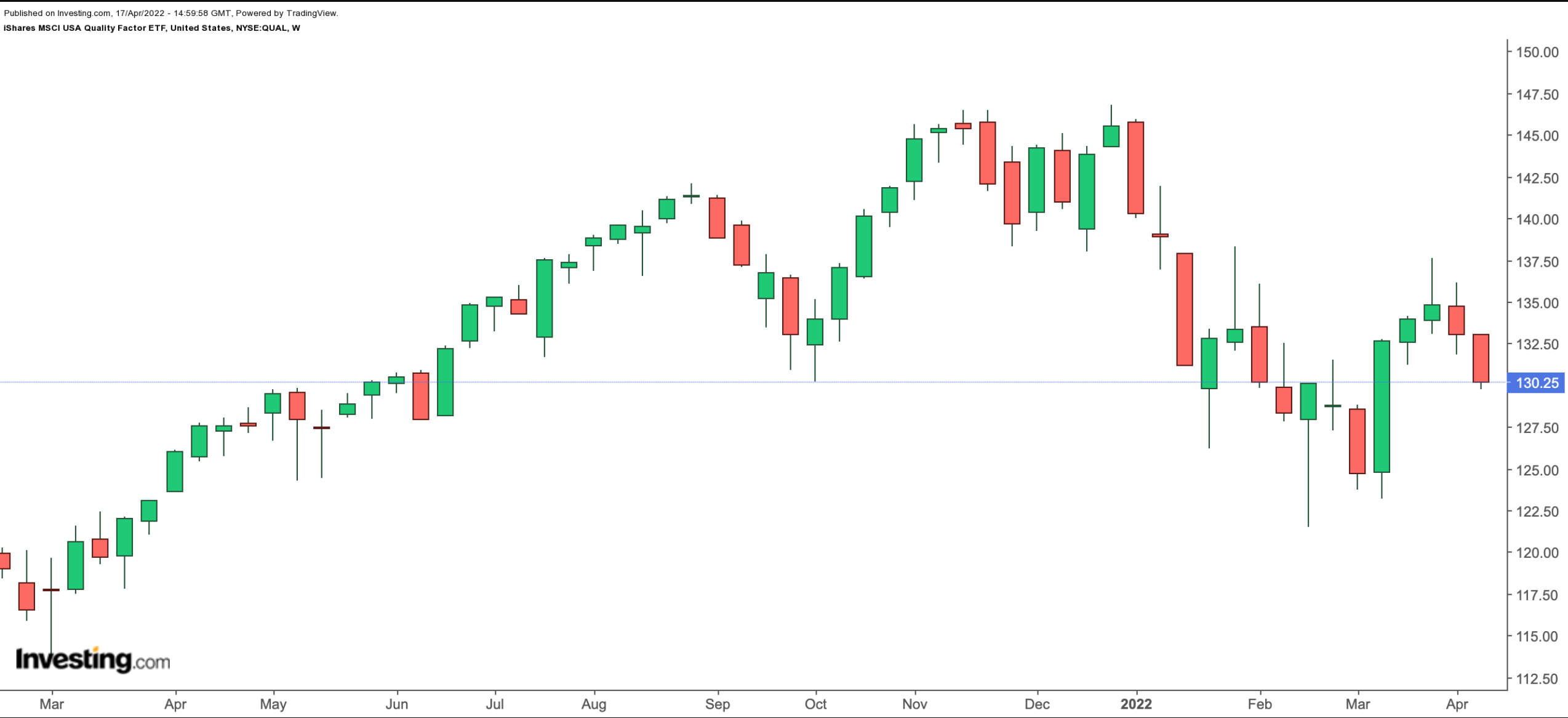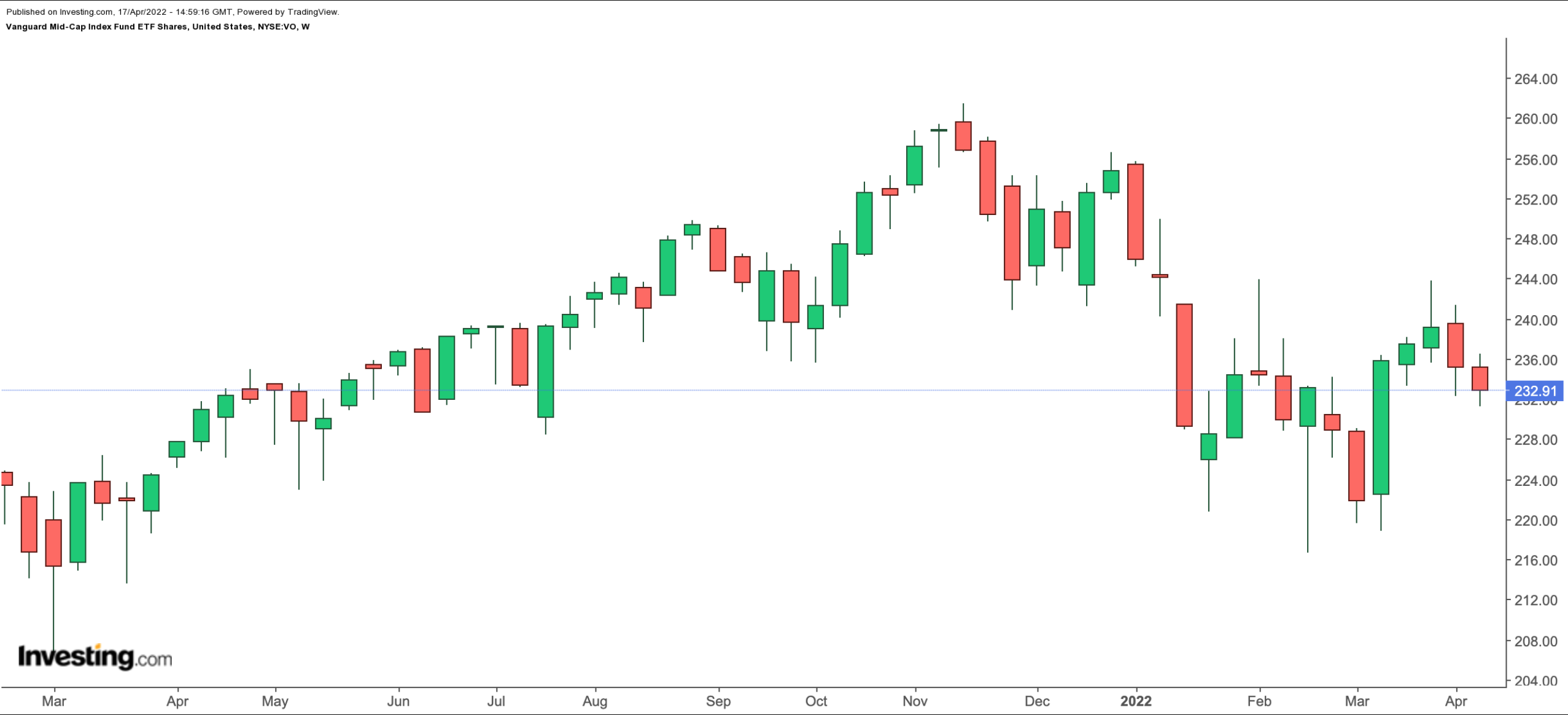April brings an array events worth noting. Spring generally begins to ramp up and on Wall Street a new earnings season starts. As well, for millions of Americans, mid-April is the filing deadline for tax returns. This year, it's today, Monday, Apr. 18.
The US Internal Revenue Service typically issues refunds to eligible taxpayers within 21 calendar days. As of Apr. 8, more than 70 million refunds have been issued by the IRS. The average tax return is over $3,100, up close to 10% from the prior year.
If you're getting a return, there are ways to make the most of this extra cash. Many Americans are likely to allocate some of that into long-term investment portfolios. For example, a recent LendingTree survey highlights:
“46% plan to put refund money in their savings accounts, compared with 41% in 2021 and 40% in 2020.”
Seasoned investors realize that time is on their side when it comes to investing for their future, particularly retirement years. For instance, let’s assume that an individual is now 25, with $1,000 in savings, and plans to retire at age 65.
Investing $1,000 and making an additional contribution of $3,000 per year for 40 years could add up to a substantial nest egg. If the annual return is 7%, compounded annually, at the end of 40 years, the investment pot grows to well over $650,000.
Meanwhile, if the annual rate is 8%, the total amount exceeds $850,000. Therefore, investing at least part of that tax refund could mean a substantial portfolio in retirement years.
With that said, today's article introduces two exchange-traded funds (ETFs) for building potential long-term wealth.
1. iShares MSCI USA Quality Factor ETF
- Current Price: $130.25
- 52-week range: $121.51 - $146.83
- Dividend yield: 1.34%
- Expense ratio: 0.15% per year
Our first fund, the iShares MSCI USA Quality Factor ETF (NYSE:QUAL), invests in US large- and mid-capitalization (cap) quality shares based on certain fundamental metrics. These stocks typically have high return on equity (ROE), stable year-over-year earnings growth as well as low financial leverage. The fund start trading in July 2013.

QUAL, which tracks the MSCI USA Sector Neutral Quality Index, has 124 holdings. In terms of sectors, we see information technology, IT, (27.86%), healthcare (14.46%), consumer discretionary (11.65%), financials (10.01%) and communication (8,99%), among others.
The top 10 stocks in the portfolio account for close to a third of the $22.6 billion in net assets. Johnson & Johnson (NYSE:JNJ), Apple (NASDAQ:AAPL), Nike (NYSE:NKE), Costco Wholesale (NASDAQ:COST), and Meta Platforms (NASDAQ:FB) are among those names.
The ETF is down 10.5% year-to-date, but still up 2.5% in the past 12 months. Trailing P/E and P/B ratios are 21.55x and 6.26x. A potential decline toward $125 would make QUAL even more attractive for buy-and-hold investors.
2. Vanguard Mid-CAP Index Fund ETF Shares
- Current Price: $232.91
- 52-week range: $216.62 - $261.53
- Dividend Yield: 1.28%
- Expense ratio: 0.04% per year
Those investors looking for low-cost ETFs typically consider funds offered by Vanguard. Our next fund, the Vanguard Mid-CAP Index Fund ETF Shares (NYSE:VO), invests in mid-cap stocks, which, according to Vanguard, may provide “superior long-term performance, higher risk-adjusted return, a compelling combination of attractive earnings growth and reasonable valuations, and access to companies at the peak of their growth cycle.”

VO, which has 380 holdings, tracks the returns of the CRSP US Mid Cap Index. The fund start trading in January 2004, and net assets are over $157 billion.
Technology shares have the highest slice with 16.40%. Next come industrials (14.20%), consumer discretionary (13.80%), financials (11.50%), and healthcare (11.00%). Almost all the companies are from the US.
As the top 10 holdings comprise about 6% of the portfolio, it is not a concentrated fund. Leading names include the software group Synopsys (NASDAQ:SNPS), which focuses on silicon design; Occidental Petroleum (NYSE:OXY); medical device company DexCom (NASDAQ:DXCM); Centene (NYSE:CNC), which offers healthcare plans; and semiconductor specialist Cadence Design Systems (NASDAQ:CDNS).
The fund has lost around 8.5% since the start of the year. VO hit a record high in November 2021. But since then, shares in the ETF have come under pressure. We believe long-term investors could consider buying the dip in VO.
